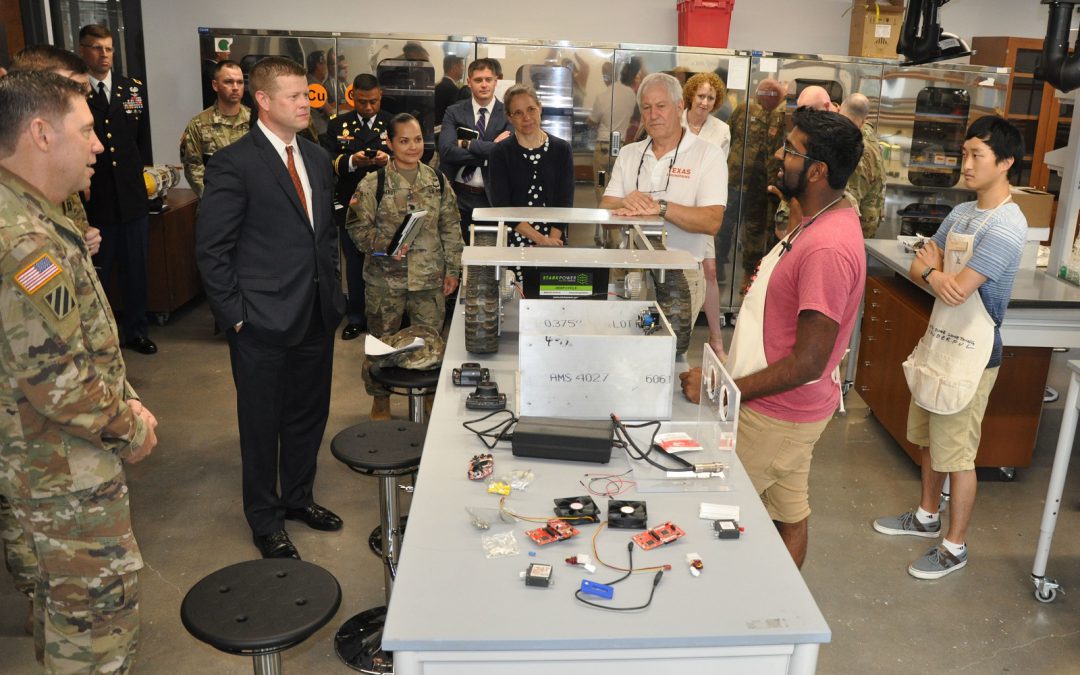WASHINGTON — The Army is undergoing its greatest overhaul in over 40 years as it works to modernize its fighting capabilities.
Army Futures Command, the first new Army command since 1973, was established in July 2018 to help the Army become more efficient as it transitions its focus to Russia and China. The unit plans to become fully operational with a staff of 500 by July.
“Our antiquated processes are outpaced by the technology refresh rate of the information age,” AFC commander Gen. Mike Murray told the House Armed Services Committee in September.
The new command was necessary, Army leaders said, to improve efficiency — and therefore increase battlefield readiness — because the service’s development and acquisition processes were too cumbersome when spread across the force, material and training commands.
“Army Futures Command will identify and develop prototypes and technologies to deliver them to warfighters faster than ever,” AFC communications director Col. Patrick Seiber said in an email.
One such project is the Enhanced Night Vision Goggles-Binocular, which will allow soldiers to see targets more clearly during night and low-visibility conditions through thermal imaging.
Seiber said the goggles will be used in the field only two years after the Army first identified a need for them.
“We aren’t interested in dragging timelines along,” he said.
AFC will try to find innovative solutions that address the Army’s modernization priorities, including more precise surface-to-surface missiles, stronger combat vehicles and improved communications networks.
Seiber said AFC is seeing progress, having already awarded a $2 billion contract for future unmanned aircraft prototypes.
“Once the command reaches full operational capacity this summer,” he said, “we can expect more contracts and partnerships to occur.”
AFC is headquartered in Austin, Texas, making it close to technology development at the University of Texas and tech companies.
It operates more like a Silicon Valley firm than a military unit. Instead of being located on an Army base, it is run out of an office building in downtown Austin. Storefront space on the first floor allows anyone to walk in and pitch ideas. Soldiers wear civilian clothes instead of uniforms, and many are embedded with tech and industrial companies.
The Army is the only service branch to establish a future-oriented department. At a defense industry conference last week, Chief of Naval Operations Adm. John Richardson said that the Navy’s development and acquisitions programs work well.
Seiber said AFC is open to any idea that can modernize the force and is pursuing partnerships with tech startups and small businesses, companies that would have previously been ignored by an archaic acquisition system.
“We’re not interested in turning away a good idea because of the source,” he said. “If it helps us become a better Army, then there is value there for us.”


